The Ultimate Beef Burger, Part 1
This summer I attended the much anticipated 2022 Denver Burger Battle, which is an annual event in downtown Denver that featured 19 local burger restaurants that were all trying to win the annual burger competition. The ‘Judges Choice’ and ‘People’s Choice’ winners get bragging rights for a year to declare that they serve up the best beef burger in Denver. This becomes a great marketing platform on social media and increases burger sales for months to come for the winners.
Not surprisingly, there were some good beef burgers and there were some bad beef burgers at the event.
Let’s ponder what makes a great burger, from the ground up.
I’ve been selling beef burgers for nearly thirty years, so I’m just a tad bit pickier than the average burger connoisseur. The first thing I do when tasting a burger is clean my pallet with a swig of water. The second thing I do is eat a nice-sized bite of only the meat, with no fixings to cover up the taste of the beef patty. When chewing the beef burger meat, I’m noticing the bite, doneness, flavor, and any hint of an aftertaste on my pallet after I swallow. Also when chewing, I’m looking for hints of gristle and overall mouth-feel experience. It should be a satisfying experience that makes you want more.
Only after the taste-test of just the meat do I then take a bite of the prepared burger as served.
I believe the best burger has to be made from the best beef. The best beef for burgers is grain-fed beef. Yes, culled dairy cows need a place to go, and a whole lot of ground beef is made from spent dairy cows, but they don’t make for the best tasting beef. I wouldn’t try to win a burger battle using cow meat, but God bless the dairy cows in their second career.
The ideal beef patty must be made from fed beef cattle under 30 months of age. In my experience the breed of the fed beef steer or heifer doesn’t matter, whether it’s Hereford, Angus, Brangus, or Wagyu. If the fed beef carcass is graded select or higher, it will work.
What does matter is the lean content. Most burgers found in food service are 80% lean and some are 75% lean. To win a burger competition, I would use a 75% lean burger.
I would not try to win a burger battle with grass-fed/grass-finished beef. I’ve blogged before about my frustrations with grass-finished beef, and I know there’s some good grass-finished beef out there, but in general, across the nation it’s very inconsistent. Plus, it can be too lean, and many grass-finished programs only offer up an 85% lean ground beef product, which is too lean for a great burger.
Part of my extreme bias for fed beef comes from working for many years in a beef plant where I worked with hanging beef carcasses. This may sound strange, but the beef carcass has to look beautiful with fresh bright red color, white colored fat, not too dry, with no dark or purple muscle color and no yellow fat. Those with meat science degrees or experience in beef cattle slaughter plants will understand. Yes, ‘ugly carcasses’ may all be highly edible and safe to eat, but I’m talking about winning a gourmet burger competition!
At the Denver Burger Battle, there was one restaurant competing with a Wagyu burger. I’m a big fan of Wagyu as a steak or eating in a hot pot, as in Shabu-Shabu Japanese style. But when it comes to a burger, as long as the fat content of the burger is 75% to 80%, I can taste no discernable difference between fed beef breeds.
In fact, this particular Wagyu burger was terrible. Not because it was Wagyu, but because of how the patty was made in the meat plant.
For my two blogs, I’ll be sharing my experiences working in meat plants to make the best burgers. Step one, start with good fed-beef cattle. Step two, process the meat correctly in the meat plant. Step three, use the right bun and sides.
Burger on…

